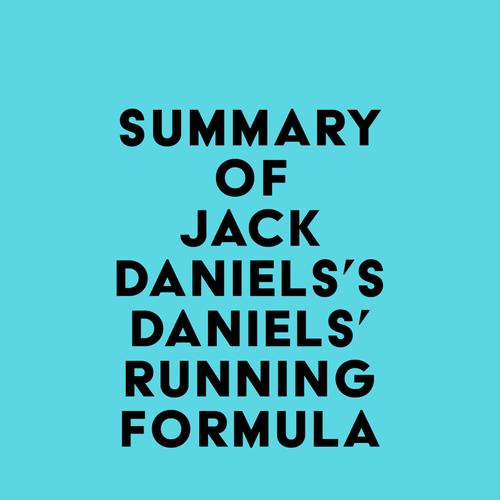Please note: This is a companion version & not the original book. Sample Book Insights:#1 In part I, I cover general thoughts about running and some basic principles of training that apply to developing middle- and long-distance runners. I also provide a summary of basic physiology of performance, and discuss how systems of the body are related to a runner’s ability to train and race.#2 The transition from running for fitness to becoming a competitive athlete is not always easy. You must be careful to not increase your mileage, run more regularly, and add some quality work to your current routine too quickly, as this can lead to an injury.#3 The one question that should be answered when training is what the purpose of the session is. Some sound scientific principles do apply to everyone, but there are some ways of doing things that work better than others.#4 Each runner has their own personal strengths and weaknesses. You must figure out what works best for you, your goals, and your training. When I was coaching Lisa Martin, she got a positive feeling about doing fairly fast repetition 400s, despite the marathon being her primary event.
